On February 13th I got one of the most exciting emails I’d ever received: the one breaking the news that I had been chosen as the 2019 Our World-Underwater Scholarship Society Research Intern with the National Park Service. After a few minutes of jumping around in excitement, I composed myself and calmly replied that yes, I would be absolutely delighted to accept this internship. And that’s where this all began.
A little background on myself: I had graduated from University of California, Santa Cruz the past summer with a bachelor’s degree in marine biology. At UCSC, I was able to really start to explore how I could interact with and learn about the underwater world and coastal environments. I was lucky to spend four years learning about a plethora of marine science with some really incredible professors: from invertebrate zoology, to the biology of marine mammals, to the ecology of kelp forests. I furthered my diving career with an AAUS scientific diving certification, allowing me to take my diving past recreational and into the realm of science! This certification opened many doors for me – with it I was able to enroll in two field quarters, conducting ecological research in the kelp forests of Monterey and Southeast Alaska, as well as spending two seasons doing biological surveys on kelp forests inside California’s network of Marine Protected Areas with the UCSC branch of PISCO subtidal (a long term monitoring program of nearshore ecosystems along the Pacific coast).
Along with diving for science, I’ve been lucky enough to get in a good amount of recreational dives throughout my time at university. Close proximity to great diving and a drive to get underwater as often as I could allowed me to spend a lot of time exploring the kelp forests of the Monterey Bay area for pleasure and doing one of my favorite things: underwater photography. I’ve been diving with a camera of some shape or form ever since my very first couple dives with a head-mounted GoPro, but eventually worked my way up to a housed DSLR system about halfway through my junior year at university. Shooting underwater with this has become one of my biggest passions and something that I’m thankful that I’ve been able to dedicate a lot of time to over the past couple years.
Jump forward two months to early April, to the Our World Underwater Scholarship Society annual meeting in New York City. Designed as a way for friends and society members to meet and catch up and for scholars and interns of the previous year to share their adventures, this weekend was a whirlwind of introductions and events. The Society is filled with a plethora of talented and distinguished marine conservationists, explorers, researchers, photographers, and enthusiasts and it was an incredible experience to be able to mingle and meet with such a diverse group of individuals. The weekend included a morning of presentations from the 2018 class of scholars and interns at the Explorer’s Club headquarters in Manhattan, an inspirational couple hours of learning what these driven young people had been up to throughout the course of their scholarship year/internship. The morning concluded with inductions into the Explorer’s Club for the 2019 class – what an incredibly surreal experience it was to join such a distinguished organization for scientific exploration, something I still haven’t really gotten over.
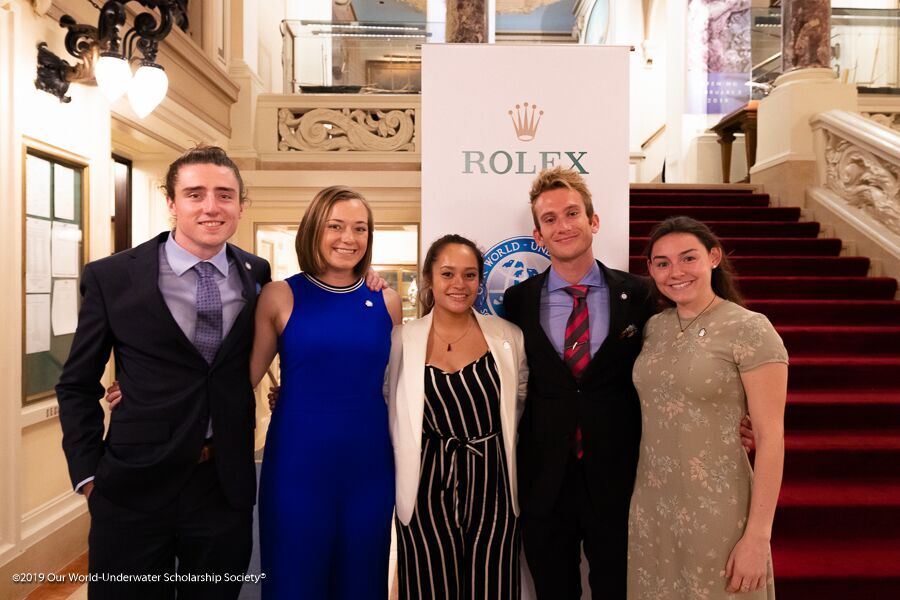
2019 OWUSS Interns (Left to right): Ben Farmer (REEF Marine Conservation Intern), Liza Hasan ( AAUS Mitchell Scientific Diving Research Intern), Kyra Jean Cipolla (Dr. Lee H. Somers AAUS Scientific Diving Intern), myself, and Abbey Dias ( DAN Diver’s Safety Education Intern)
Roughly one month after that, on May 12th, I flew out to Denver Colorado to spend a week at the headquarters of the Submerged Resources Center (SRC). The SRC is a group of archaeologists, photographers, and diving experts who make up one of the Parks Services’ most elite diving teams. They are also, luckily for me, my sponsors for the internship. I was to spend a week with them at their offices in Lakewood, CO to get oriented for the summer and get all of my NPS paperwork in line – physicals, dive checkouts, liability waivers and such. After flying in at 7PM and a quick dinner with my hosts for the week, Dave Conlin, archaeologist and the Chief of the SRC, and his lovely wife Michelle, I started the week running. The next morning I was introduced to the rest of the SRC crew: Brett Seymour (Deputy Chief and audio/visual extraordinaire), Steve Sellers (National Dive Safety Officer), Susanna Pershern (audio/visual expert), Matt Hanks (archaeologist), Claire Finn (Office Manager) and Jim Nimz (Diving Operations Specialist). Everyone at the SRC office was incredibly welcoming to me during my time there, and made me feel very much at home.
Monday brought on an exciting doctor’s visit for my NPS Blue Card certification, where I got a very thorough dive physical. After a myriad of tests, from EKGs to spirometry to chest x-rays, I was on my way back to the SRC office. I spent the rest of the day reviewing the current course of my internship with Brett, and then doing some light reading on the history of NPS diving and then a brief foray into 81 pages of dive policy and rules.
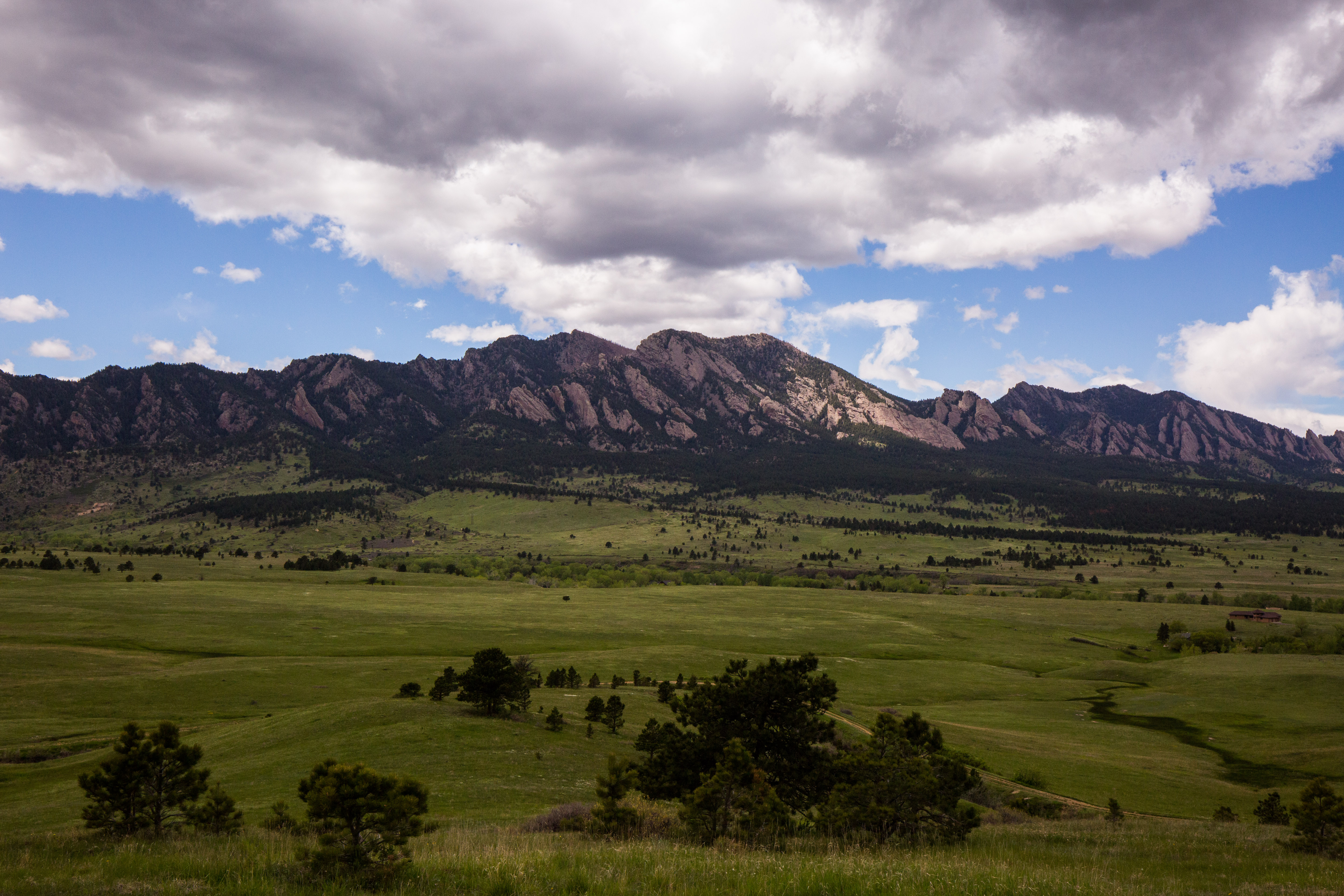
Flatiron Mountains outside Boulder CO – Some of the scenery I encountered on my commute to the SRC HQ
The next couple days were just as busy. Tuesday started off with a CPR/AED/first aid recertification with Jim, where we recapped the basics of first aid and CPR administration, AED usage, neurological assessments for SCUBA diving injuries, emergency O2 administration, as well as an overview of the SRC’s first aid kit and medical gear. That was followed with one of the most exciting parts of my week: the gear checkout.
The SRC has one of the coolest gear lockers that I’ve ever laid my eyes on: a room right next to their office filled with all the dive gear you could want. Drysuits, rebreathers, cylinders, tools, cameras, DPVs – you name it. Brett and Jim gave me a quick tour of the locker and decked me out with all the dive gear I’d possible need for my travels throughout this internship, and – as I’ve heard the SRC crew say a couple times across the couple weeks I’ve spent with them, “two is one and one is none” – I was also given plenty of spares. The plethora of gear that I was given was compounded by the fact that I was to be doing diving both in the 80 degree waters of the Caribbean and the 30 degree waters of Lake Superior, so I’d be packing both warm and cold water gear. The list of gear that I was given is as follows: a BC, regs, wetsuit, wet gloves, dry gloves, glove liners (X2), wet boots (X2), hoods (X2), dive computers (X2), reel, DSMB, cutting device, Nautilus emergency tracking device, dive lights (X2), dive notebook, mask (X2), fins, drysuit undergarments (many), drysuit (X2), wet gear bag, dry gear bag, dry bag, towel, NPS hat (X2), SRC field shirts (X5), board shorts, rash guard, deck coat, and thermal liners. With this gear overload, I started to ponder the logistics of packing all of this gear up for the many flights I’d be undertaking.
After getting geared out, the next logical step was to hop in a pool and test it (and my swimming ability at altitude) out. For that, I headed down to the local pool with Steve Sellers for my NPS blue card checkout. Here we ran through some typical dive and swim tests, like a 900 yard swim and SCUBA bailout drill (jumping in the water with all your gear wrapped up in your hands and donning it underwater). Almost all of these drills I’d done before, but previously I’d been about 5200 ft lower in elevation so this was a little bit more taxing than I was used to.
After getting my blue card certification and getting all prepped to dive with the NPS, I helped the SRC team prep for their next big adventure – 3D photogrammetry up in Isle Royale National Park – a trip that I was lucky enough to be able to join in on. Now, this is a three week field excursion into a relatively remote national park. This means we needed lots of gear and lots of preparation. Isle Royale NP is an island up in northern Lake Superior and is mostly wilderness, so on top of packing food, gear, and supplies for a three week stretch we’d also have to bring drysuits and thermal protection. This, on top of the fact that the 3D photogrammetry work is very gear-intensive in itself, means that we had a whole lot of stuff to pack up. Thursday and Friday of my first week were spent preparing for this big endeavor – running last minute errands, grabbing and fueling up the boat, and loading what felt like a couple hundred pelican cases into the back of our truck and trailer. After a full day of packing, a lovely good-bye dinner with my gracious hosts Dave and Michelle, and a relaxed Saturday off of exploring the Denver area, I was ready to start my next adventure: a 1210 mile drive to the wild and remote waters of Isle Royale National Park.
- Roughly half of our gear
- All packed up


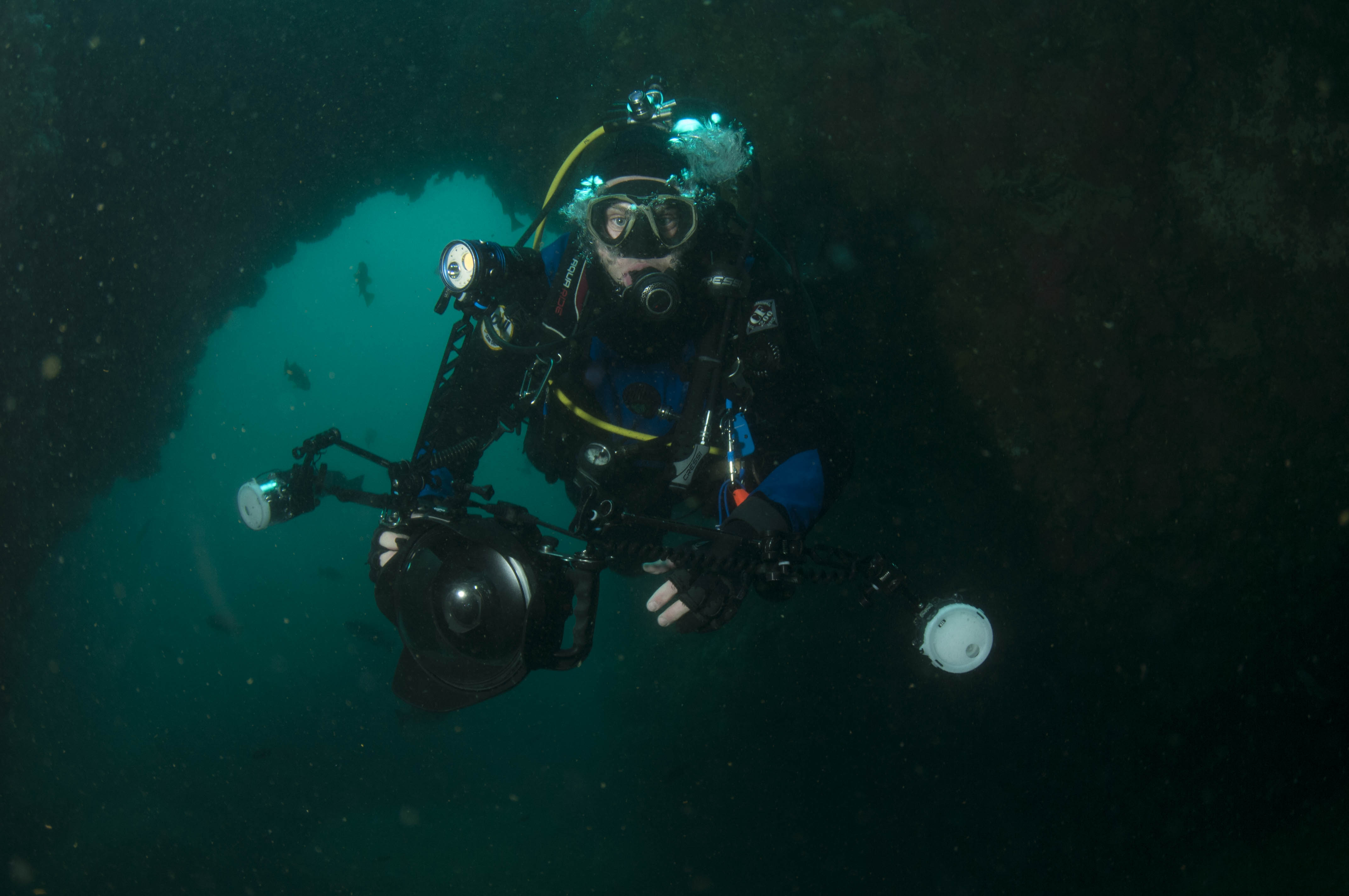
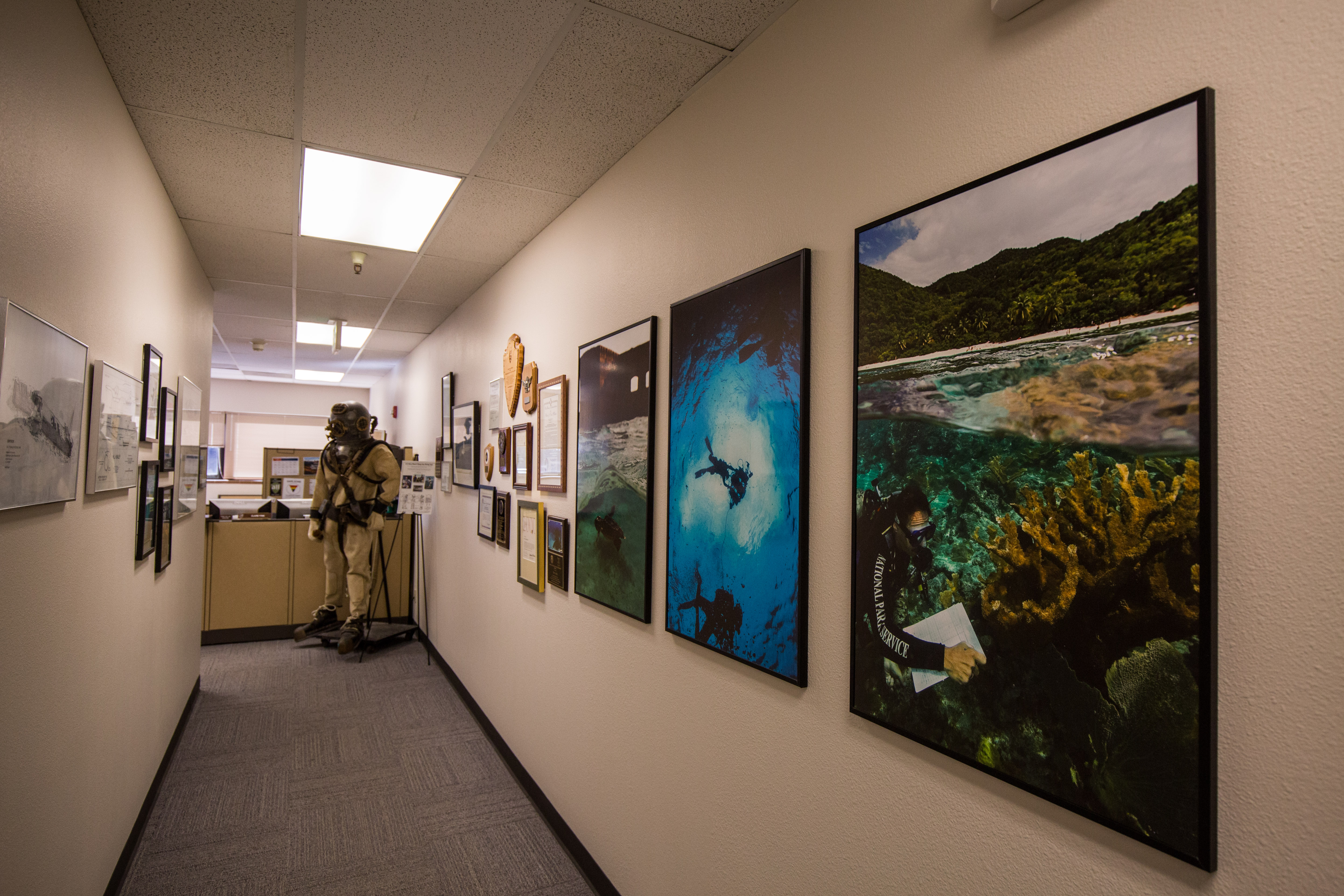
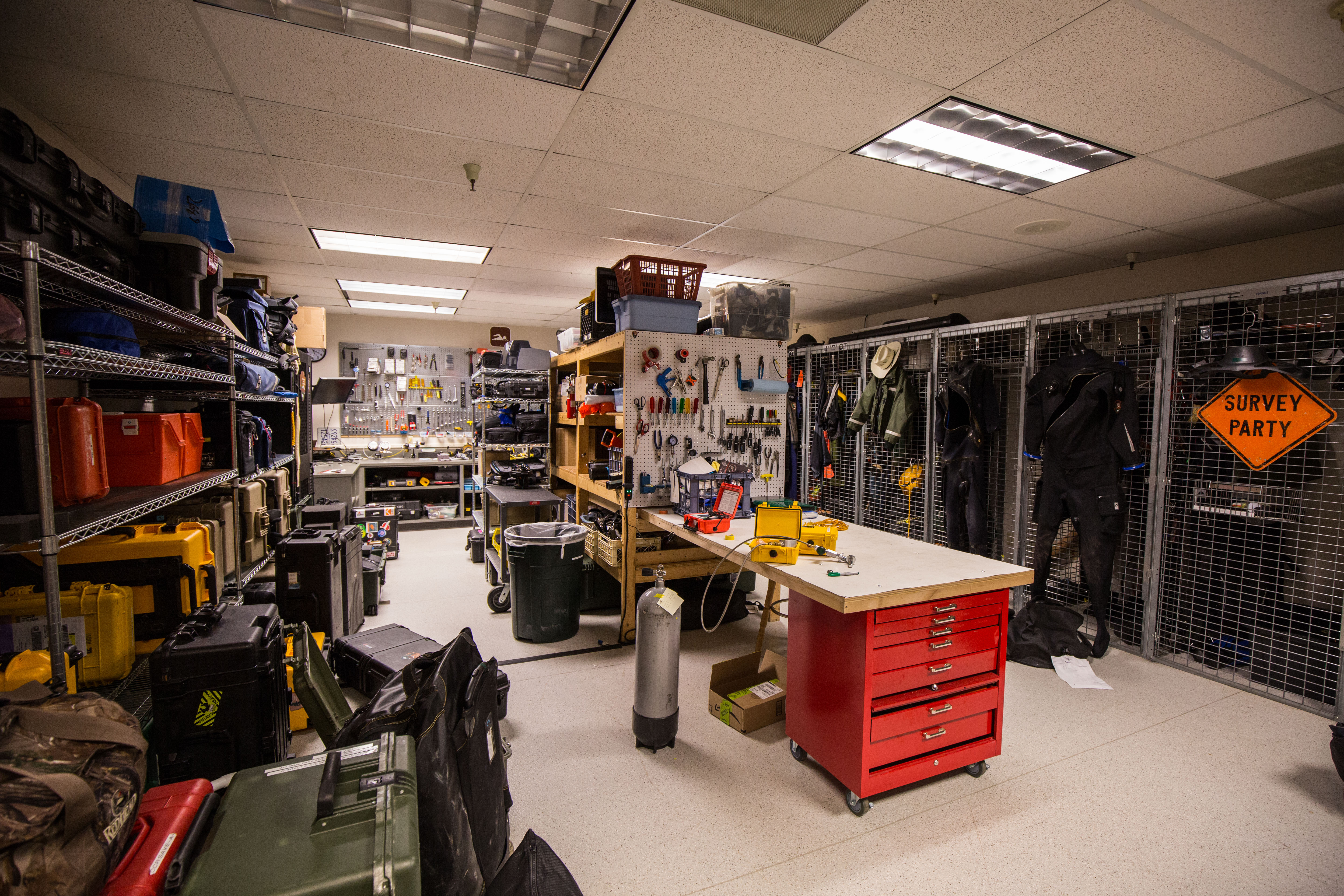



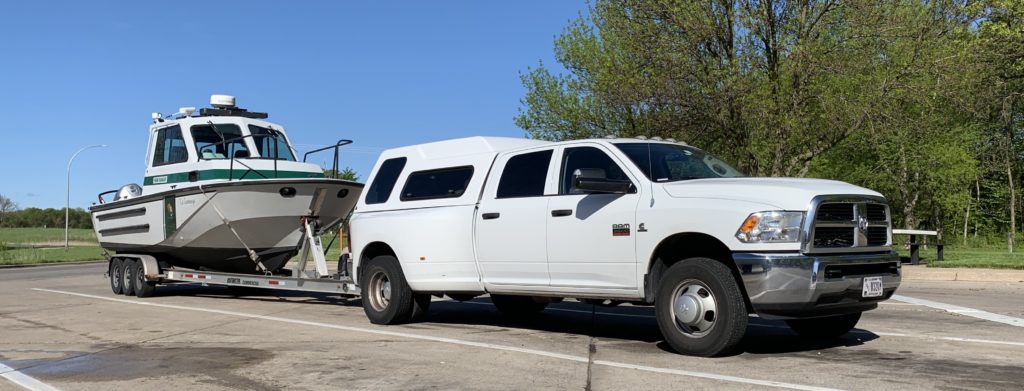
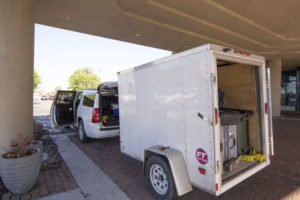
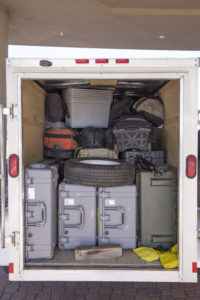

Welcome to the NPS! Have a great time, stay safe, and I look forward to seeing your images.
Thank you! I’m excited to share them!